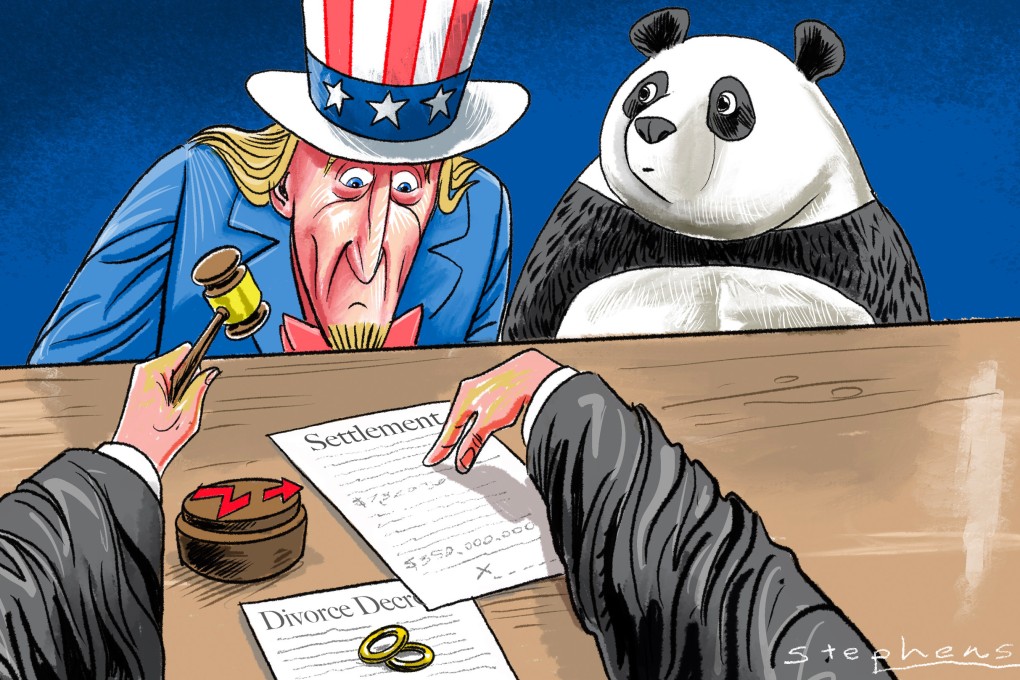Advertisement
Opinion | Hasty divorce from China not the right path to US economic resilience
- A US House select committee report calling for higher tariffs on Chinese goods underlines the prevailing bipartisan mood in Washington
- While it makes sense for the US to broaden its supply base beyond China, the disruptions in the Red Sea have shown that alternative locations must be chosen with care
Reading Time:4 minutes
Why you can trust SCMP

On Capitol Hill, both Republicans and Democrats hold polarised views on domestic and foreign policy. But there is bipartisan support for punishing China for alleged unfair trade practices. This support was on full display in the report from the US House Select Committee on the Chinese Communist Party released in December, calling for a new set of higher tariffs to be applied to Chinese imports.
Advertisement
In the name of national security, both political parties support the idea of “de-risking” from China by severing more economic ties. However, doing so at this juncture is laden with risk. The path to resilience lies not in a hasty divorce, but in a delicate dance, balancing the imperative to de-risk with the perilous consequences of complete disentanglement.
Firstly, let’s dispel the seductive but dangerous myth: India won’t be the new China, at least in the foreseeable future. While India’s vast, youthful population and ambitious economic rise raise its profile as a potential alternative manufacturing hub, the reality is far from a seamless substitution of China’s reliable and efficient supply chains.
India’s infrastructure lags behind, plagued by bureaucratic regulations, bottlenecks, and inadequate logistics networks. Productivity, the holy grail of efficient manufacturing, falls drastically short of China’s powerhouse performance.
A McKinsey Global Institute study found that, even in labour-intensive industries, Chinese worker productivity outstrips India’s by a significant 20-30 per cent. This translates to higher production costs and slower turnaround times, potentially negating the cost savings sought by shifting away from China.
Advertisement
Furthermore, relying on India or Vietnam, often touted as alternative manufacturing destinations, offers only a partial solution. Both heavily depend on imported parts from China.

Advertisement
